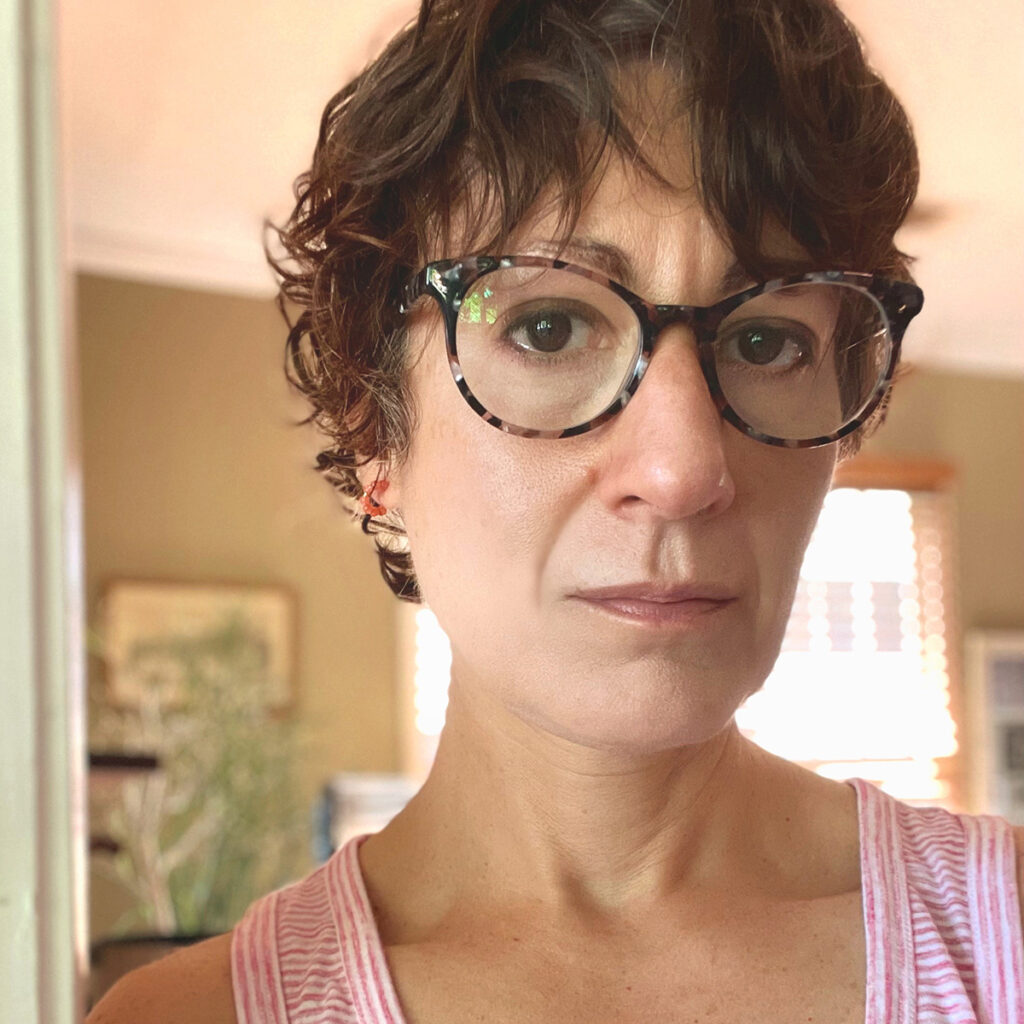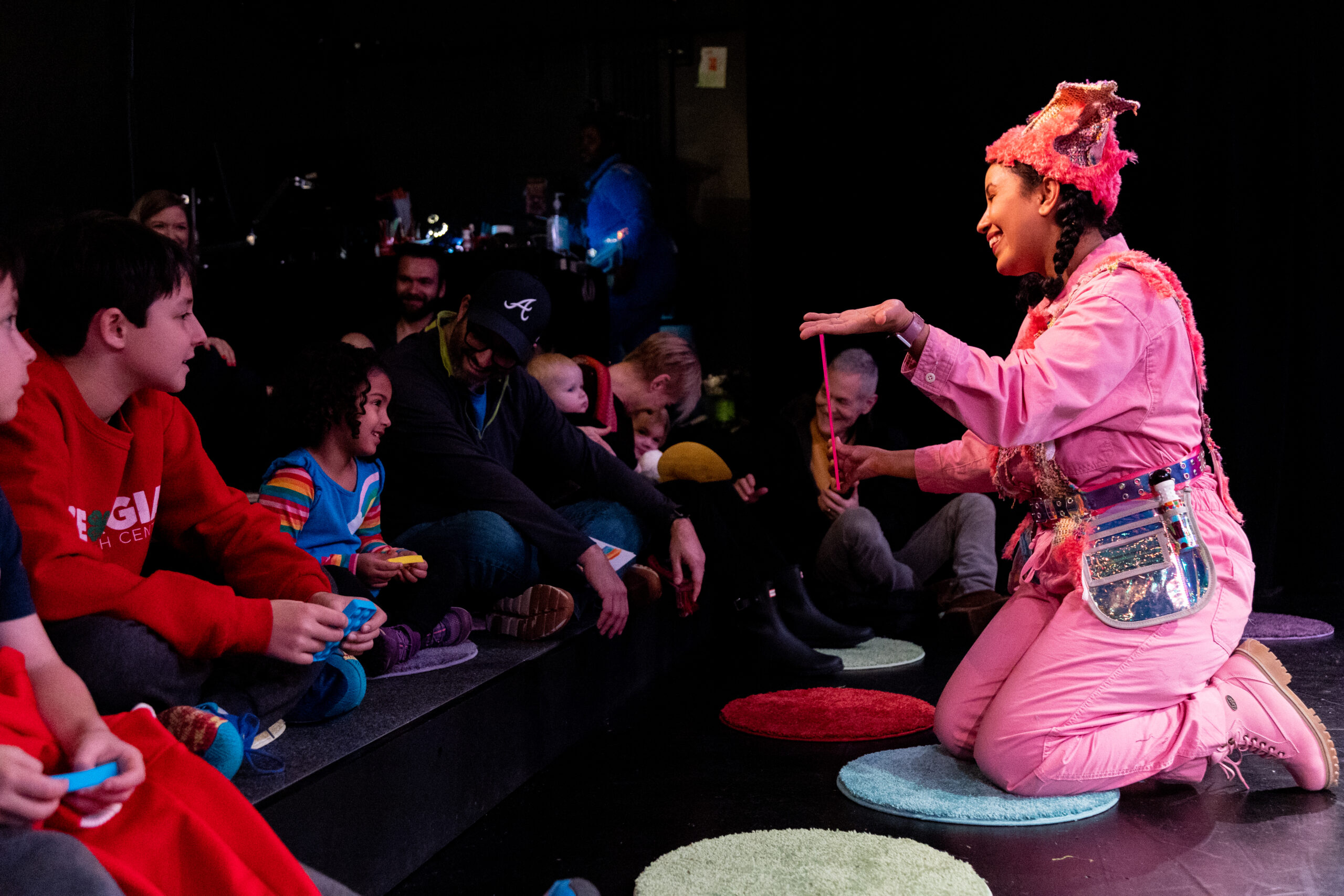If I asked you to list five major plays featuring one or more major characters with autism, could you do it? Perhaps The Curious Incident of the Dog in the Night-Time or The Pillowman come to mind, but I’ll make it harder and ask for five plays that feature an autistic main character who isn’t a child and who is explicitly stated to be autistic. I’m willing to bet that most who have not spent their careers championing neurodiverse stories would have trouble coming up with one — and they could hardly be blamed.
For the autistic community, a paucity of meaningful representation is not new. Sure, we appear in the odd prestige piece, but these are usually riddled with stereotypes and inaccuracies and often are written to appeal to neurotypical audiences — and that’s when we’re not being exploited for laughs. However, in the last few years, things have begun to look up, with TV offerings like Heartbreak High, Everything’s Gonna Be Okay, Not Dead Yet and Extraordinary Attorney Woo allowing autistic people to occupy leading roles within various narratives.
Now the shift is starting to extend to the theater: This December, the Broadway musical How to Dance in Ohio will break ground as the first major musical to feature a large cast of autistic characters played by openly autistic actors. Representation is on the rise, and the shift is manifesting right here in Atlanta.
In January of this year, the Alliance debuted a new show for the Kathy & Ken Bernhardt Theatre for the Very Young series called All Smiles. Created in partnership with the Marcus Autism Center, it showcased how different people express emotion by focusing on smiles. Director Samantha Provenzano worked with Tinashe Kajese-Bolden to produce the show.

(Photo by Curtis Brown)
“Our collaboration with the Marcus Autism Center and Coralwood School allowed us to shape All Smiles, tailoring the play to meet the unique needs and interests of 0-5-year-olds,” said Provenzano. “There’s no right or wrong way to engage with Theatre for the Very Young. By involving young individuals on the autism spectrum, we could create a play that encourages even more forms of engagement.”
Often, little attention is paid to the internal lives of autistic people, and the ways we express emotions are frequently invalidated in favor of more “traditional” ways. It’s refreshing to see a show that directly challenges these ideas and uplifts our differences, rather than stigmatizing them.
More recently, at the end of July, playwright and actor Daryl Lisa Fazio held a reading of her new play I’m Right Here at the Horizon Theatre. The reading starred Fazio as Lori Ackerman, a woman struggling with a chronic ailment that doctors have failed to diagnose, and Rachel Burttram as Dr. Pamela Slusarski, a passionate, committed physician who realizes that her lifelong struggle with social situations is due to undiagnosed autism. Pamela’s gender is not inconsequential here, as studies continue to show that autistic women are far less likely to be diagnosed due to systemic biases. Even when sharing her realization with her doctor, Pamela is told she cannot be autistic because she can hold a conversation and make eye contact (sentiments that even I, a diagnosed autistic man, have received but which are far more common for autistic women).

Fazio did not set out to serve the autistic community. Her goal of critiquing gender inequality within the health care system led her to a U.K. organization specifically for autistic doctors, which is where she drew her inspiration. “So now I knew — the character Dr. Pamela Slusarski would be on the autism spectrum, and she would be diagnosed during the play itself,” she said. “That way, the audience could see her in action and then experience, in real time, her finally understanding why she is who she is . . . that she’s not broken; she’s neurodivergent.” Fazio’s work challenges numerous stereotypes, letting the audience in on the drastically underrepresented experience of late diagnosis.
These works stand in contrast to previous efforts, most of which relied on the established autistic classics, by which I mean The Curious Incident of the Dog in the Night-Time. Written for stage in 2012 by Simon Stephens and based on the 2003 novel by Mark Haddon, the play stood alone for years in what we might call the autistic theatrical canon, and it deserves its place. I recently served as the dramaturg for a production at Merely Players Presents, and it was co-produced by Horizon and Aurora back in 2019. It’s a well-written, well-constructed show, but a canon of one is hardly a canon at all. The spectrum is too wide to be encapsulated by one 15-year-old boy, no matter how excellent the production.
So what do we, as autistic artists, want to see? I can’t speak for the whole community, but I can certainly speak for myself. I want to see autistic characters portrayed not only with empathy but respect and dignity. I want to see us take center stage instead of being objects for audience sympathy. I want us to tell our own stories, and I want a diverse array of autistic voices — not just White, cisgender, heterosexual men. I want new plays, not just a different theater doing Curious Incident every few years. My hope is that in uplifting works such as All Smiles and I’m Right Here, we can build momentum and witness more autistic voices gracing the stage.
::
Luke Evans is an Atlanta-based writer, critic and dramaturg. He covers theater for ArtsATL and Broadway World Atlanta and has worked with theaters such as the Alliance, Actor’s Express, Out Front Theatre and Woodstock Arts. He’s a graduate of Oglethorpe University, where he earned his bachelor’s degree, and the University of Houston, where he earned his master’s.

